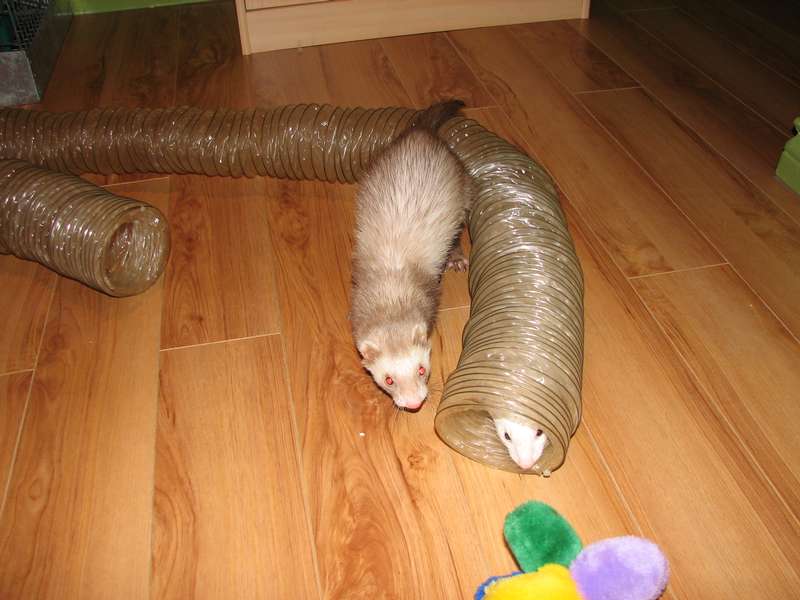Rossland
Senior Member
When we purchased our new to us, ten year old KK, performance of our clothes dryer was very disappointing. When I removed the dryer end of the exhaust hose, I found that it was 80% plugged with lint. The hose is flexible plastic. This is obviously a huge fire hazard, which is probably why building codes for houses requires non-combustable vent hoses.
As much as I could tell, most of the lint buildup was close to the dryer end, but since the outside vent is attached with 5200 as well as screws, the hose is impossible to remove without tearing the outside vent apart. I was able to clean about half the length by inserting the flexible portion of our shop vac hose.
So, can anyone tell me how to clean the entire dryer vent hose, or how to replace it with non-combustible without demolishing the outside vent?
As much as I could tell, most of the lint buildup was close to the dryer end, but since the outside vent is attached with 5200 as well as screws, the hose is impossible to remove without tearing the outside vent apart. I was able to clean about half the length by inserting the flexible portion of our shop vac hose.
So, can anyone tell me how to clean the entire dryer vent hose, or how to replace it with non-combustible without demolishing the outside vent?


